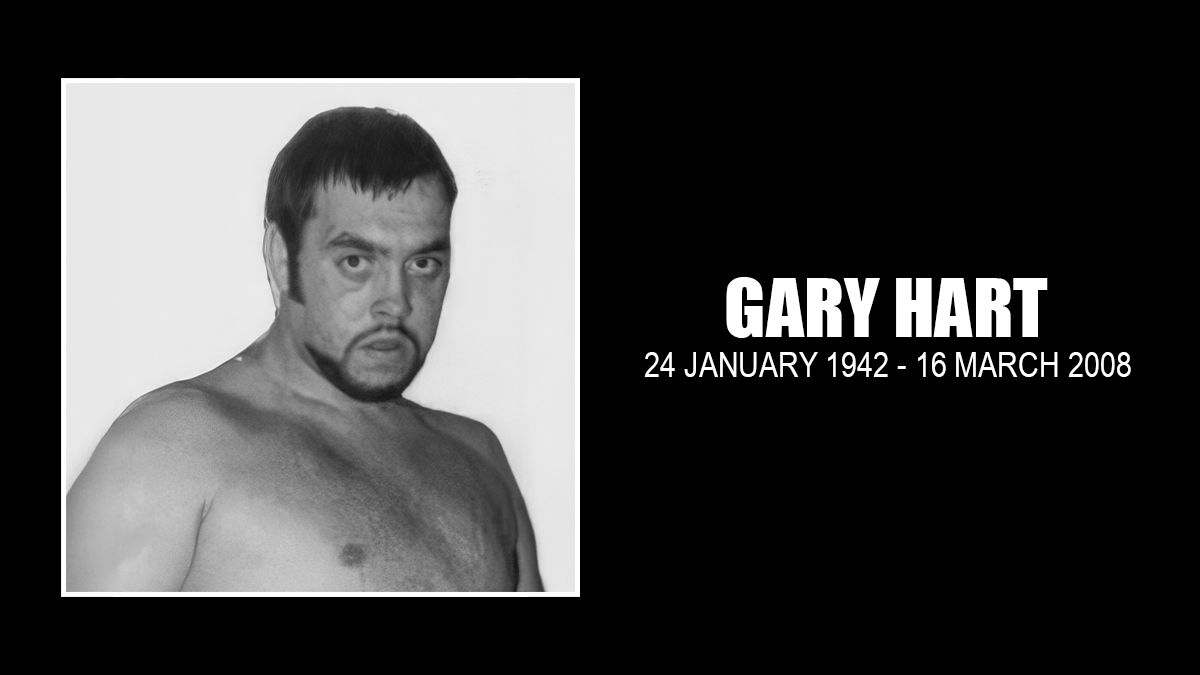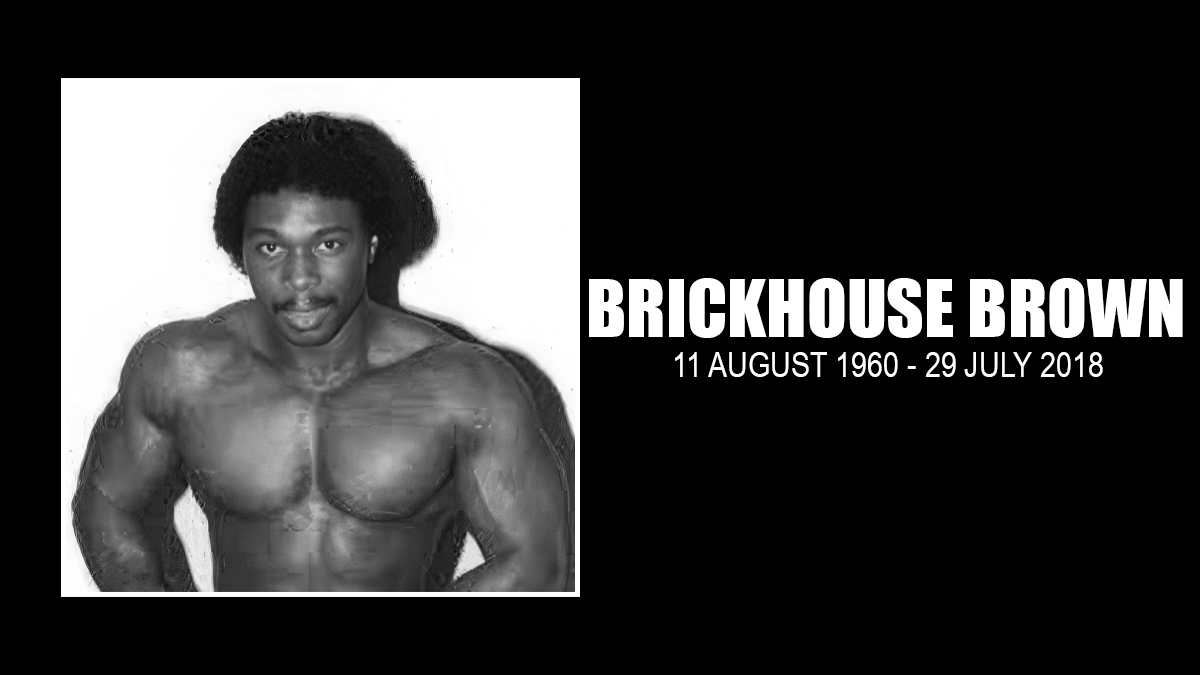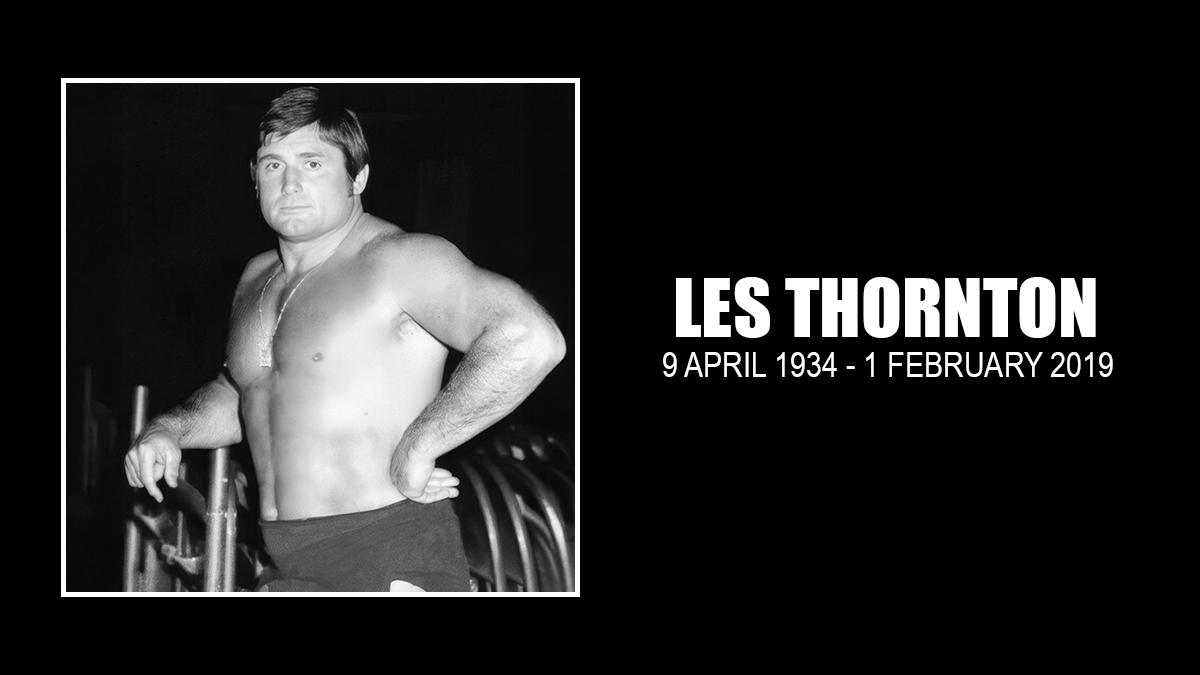In front of the camera, Gary Hart, who died Sunday, was one of the most vile and hated managers of all time; behind the scenes, he had one of the greatest minds for professional wrestling.
“He was a slinky bad guy, ruthless,” said World Class Championship Wrestling announcer Bill Mercer. “I think he was the best of all the managers. With all respect to the others, God, he could slink around and look like he was always involved in doing something dirty behind the scenes — which he did.”
Born Gary Williams on January 24, 1942, Hart broke into the business in Chicago, his hometown, in 1960. Through his competitive swimming, Hart met Billy Goelz, who was the booking agent for promoter Fred Kohler in the Chicago area and a wrestle. Goelz helped Hart get a job at the Marigold Arena, and he used the opportunities in the building to start early. “So I started when I was only 18 years old, but I had been trained since I was 15,” he said.
Hart never played down his rough edges. “I’m a guy from Chicago, I did grow up in a rough area and I learned early if somebody’s got a brick you get a board, if they got a board you get a knife, and if somebody gets you today, you get them tomorrow. That’s always been my mentality,” he told The Missing Link (Dewey Robertson) biographer Meredith Renwick. “I’m a kid from Chicago who worked very hard to make it in wrestling.”
His actual start was as a manager. One night, Angelo Poffo was looking for someone to be a second to him, as Bronco Lubich had gone to the Carolinas. “I started as his second. As time went by, he liked me, I became his tag team partner, then I became his manager.”
Hart had made an appearance on Saturday in Allentown, Penn., for a signing, a story covered by our own Steven Johnson [World Class not a distant memory].
At the signing, Hart took credit for the legendary Von Erichs versus Freebirds feud from World Class. “Contrary to what Michael Hayes said, that was all ‘Playboy’ Gary Hart. I brought him in, I manipulated him, I positioned him,” said Hart, who ran the office with referee Bronco Lubich, a 10 percent owner, since Fritz Von Erich spent most of his time tending to other interests. “They [The Freebirds] were great at what they did, but that was me. I would have never told you that 10 years ago,” Hart said. “What popped Dallas and Texas itself was Kevin, David, and Kerry. They were the guys that packed arenas.”
Other Hart creations? How about changing Virgil Runnels into Dusty Rhodes, and later baptizing him The American Dream.
In Rhodes-speak in his autobiography, he addressed how Hart was the ideal adversary. “In 1974 Pak Song Nam and ‘Playboy’ Gary Hart were the players who not only had a hand in changing the landscape of wrestling, but they were the tools used to build the icon, transforming the interview into the reason to many would attend the event, and most of all to see the Korean Assassin with his manager matched against the son of a plumber from Austin, Texas — ‘The American Dream’ Dusty Rhodes. It does not get any simpler than that. Good versus evil.”
Hart had numerous stints as a booker, primarily in Texas, but also in Florida and Australia. By his own account, he was a booker for 14 years.
It was a job he took seriously. “I was the booking agent and I was the producer of the TV and I had a responsibility to World Class, and I had a responsibility to the other wrestlers in the area to make this thing work,” he recalled about returning to World Class around 1987.
A list of wrestlers that Hart managed reads like a who’s who of professional wrestling: Angelo Poffo, George “The Animal” Steele, The Kangaroos (Al Costello, and Karl von Brauner), Missouri Mauler and Brute Bernard, The Spoiler (Don Jardine), Mark Lewin, Curtis Iaukea, the Great Kabuki, the Great Muta, Pak Song, Bob Orton Jr., Dicky Slater, Buzz Sawyer, Bruiser Brody, Gino Hernandez, Al Perez. In all, there were probably 25-30 wrestlers. “I usually had a crew of five guys that I kept with me, that way you could control the town. I learned from Buddy Rogers that ‘he who surrounded himself with the best talent controlled the town.’ It worked like a miracle until corporate wrestling. When it got into corporate wrestling, they didn’t really care if you drew or not. They would pay you. Therefore, it was really difficult to get guys to do things that was good for business rather than just for themselves. My deal was that I always had four or five guys with me, and we would do what was best for the town and ourselves. But corporate wrestling kind of f***ed that all up.”
He wouldn’t commit to just one favourite to manage. “I had a good rapport with all my guys. I was very selective. I wouldn’t take a guy unless I really got along with him really, really good. I was a primadonna when it came to guys who I would manage. I can’t really think of anyone, even to this day, that I was with that we weren’t good friends, and still don’t have a good rapport with. I didn’t have any of those ‘I hate you’ type things.”
“I looked at myself as a finder and developer of talent,” Hart said. “I was very good as a manager. I don’t think there was anyone any better on the mic, or at the ring. I think I had excellent ideas. But my forte was, I had the ability to find and develop talent. That was what I brought to the table more than anything else. I always felt that you could be excellent at interviews, you could be excellent at ideas and finishes and the way to present people, but if you didn’t have a good eye for talent, pick the right, you weren’t going to be very successful. I had a hell of an eye for wrestling talent. I more or less credit that to my success — finding a developing guys that really had not had a chance until they got with me, for whatever reason.”
The other famed incident in Hart’s life was being on board the plane that Buddy Colt crashed in the Tampa Bay Gulf, killing Bobby Shane. “In 1974 I crashed in Tampa Bay in a light aircraft with three other guys, and I got broke up really bad. I broke my leg, my wrist, my back, lost the sight in my right eye,” he recalled.
Hart retired at the age of 48. “I had had a full cup by the time, in 1990, that I was with WCW. I wasn’t really happy with the direction wrestling was going,” he said. “I definitely wasn’t happy with the management at Turner Broadcasting. It was quite easy for me to walk away.”
After leaving the spotlight, Hart retired to Texas, and promoted independent wrestling shows; “I hated promoting, but it was a way to make a decent living.”
The last few years, Hart was a house-father, raising his son Chad, who had begun his own career in pro wrestling, in Euless, Tex. He appeared on various World Class DVDs and at fan conventions.
He had completed work on his autobiography with writer Philip Varriale of New York. “It’s a long process, but I’m really pleased with the final product. I worked on it for, I’d say, a little over a year,” Hart said in August 2006.
Hart died Sunday afternoon, leaving behind no regrets. “I was in wrestling some 30 years. I had a great life. I have no complaints. I’m not a bitter guy. I enjoyed every moment that I was involved.”




